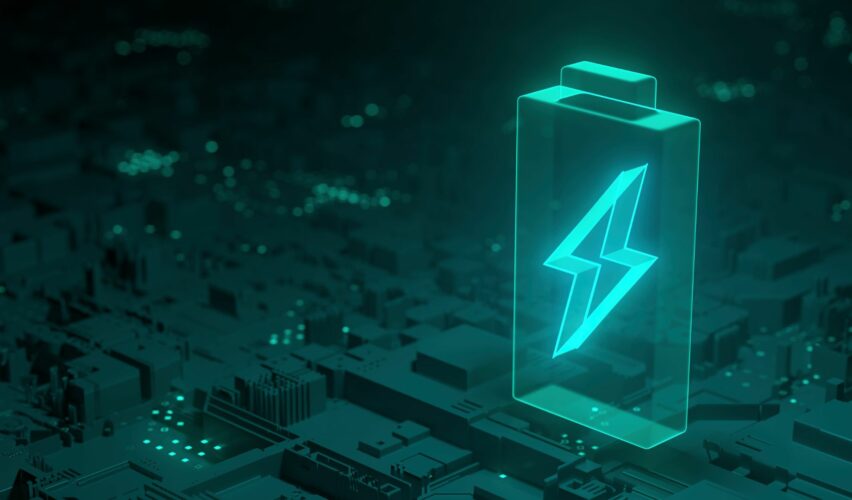With the focus on sustainability initiatives in ever greater focus in 2023 for the field service sector, the shift to Electrical Vehicles (EV) is top of mind for many organizations. With this in mind, it is important to understand the impact this could have on the supply chain of the huge number of batteries required to make this shift away from combustion engines possible. Alex Stapleton of Alexander Battery Technologies provides his expert insight into this area.
The advent of battery-powered technology has been one of the defining manufacturing developments of our time, empowering global smart phone interconnectivity and spearheading the electric vehicle (EV) revolution of the future.
Clearly, there is no silver bullet to the climate change crisis, yet the custom battery pack has effectively offered the prospect of a future without fossil fuel dependence. A surge in lithium-ion battery production for instance, means electric cars are now commercially viable for the first time in history. The US plans to hold 50% of the EV market share by 2030.
However, whilst businesses are finally making bold assertions to electrify their processes, we are now facing a battery crisis. Where has this come from and how will businesses cope?
The Battery Shortage
A scarcity of raw materials and soaring prices for essential minerals such as lithium and cobalt have contributed to a supply crunch. Bloomberg’s New Energy Outlook report, for example, predicted that demand for lithium-ion batteries will rise to as much as 5.9 terawatt-hours a year leading to 2030.
How does this work? The priciest component in each battery is the cathode, the electrode from which a conventional current leaves an electrical device. This is composed of valuable metals such as nickel, lithium, cobalt and manganese. In January 2022, nickel prices spiked as much as 4.4% to $22,745 a tonne on the commodities market – a decade-long high.
How can companies best prepare to deal with a shortage in batteries?
With reserves for rare materials dwindling, anxiety is inevitable for battery-powered businesses.
Alex Stapleton, Sales Director at custom battery pack manufacturer, Alexander Battery Technologies, advises: “The battery shortage situation is unlikely to be resolved any time soon. The best thing businesses can do is create a long-term plan for the entire product supply chain. Affordable alternatives to the ubiquitous lithium-ion battery will become available as big companies pour billions into research and development.”
Three of the battery markets biggest players – LG, Samsung, and SK Innovation – for instance are all actively expanding battery production capacities. LG New Energy Solutions alone will invest approximately $13.17 billion into the development of advanced battery materials.
Lithium-ion Alternatives?
The race is on to solve the looming raw material crisis. One solution is to find other mineral-based alternatives more abundant in supply. Often touted is the much-vaunted graphene battery, an allotrope of carbon, which has high thermal and electrical conductive properties. Whilst research may be in its infancy, graphene provides a potential source of portable electric power.
Another next-generation energy storage system could be the calcium battery. Calcium is the fifth-most abundant metal on earth, which is promising for supply chain problems whilst it’s also naturally safe and non-toxic. Questions have arisen however, over its conductive properties with scientists struggling to channel electricity through a workable electrolyte. Recent research from Germany’s Helmholtz Institute has proven positive, with better electrolyte activation than in previous calcium-based battery trials. This new class of electrolytes could pave the way from the laboratory to the marketplace, so businesses should be ready.
As science begins to mature, these new batteries could provide more sustainable alternatives to the prevailing lithium-ion. Forward-thinking businesses will look to stockpile when possible.
How can companies best utilise the batteries they already have?
Many of us will be all too familiar with the iPhone battery that fades gradually over time as charging cycles increase. Like those who choose to recycle iPhone batteries to help the environment, businesses can also recycle batteries to combat supply chain costs and the raw material crisis.
Inevitably, the battery recycling industry will experience a boom. Batteries are replaced in electric vehicles after approximately eight years at which point they still have around 70–80% of their charging capacity. These are still far too valuable to be discarded and must be given a second life.
This can provide a stopgap for businesses until new technology becomes available.
Further Reading:
- READ: More about Sustainability
- READ: More about Electric Vehicles
- READ: More about Service Strategy
- READ: Find out more about Alexander Battery Technologies
- FOLLOW: Alexander Battery Technologies on LinkedIn
- ACCESS: Over 65 resources on Digitalisation in Field Service (requires FSN PRO)
- ACCESS: Over 70-hours of long-form interviews with service leaders (requires FSN PRO)



















